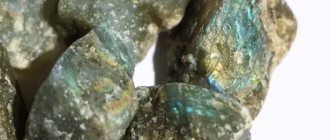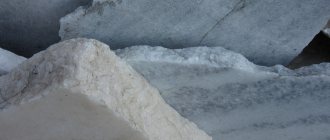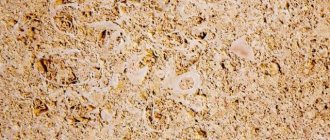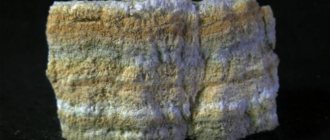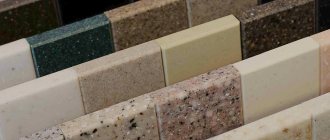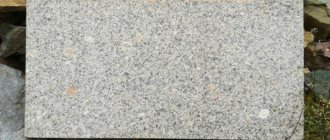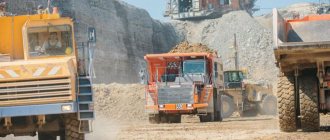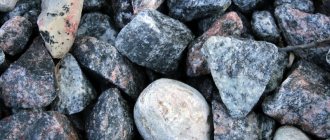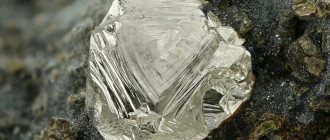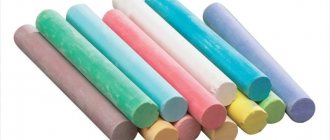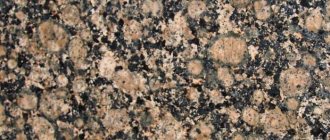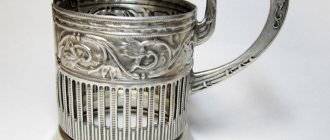Diorite
Diorite is a plutonic rock consisting primarily of the mineral plagioclase, including the colored mineral hornblende.
Sometimes quartz is present, in which case the rock is called quartz diorite. The color of diorite is gray, dark gray, grayish green. The color of diorite is lighter than that of gabbro, sometimes they have a completely leucocratic appearance.
The structure of diorite is medium-grained (less often fine-grained), the polishability of diorite is average. Compressive strength 1800-2400 kg/cm2, volumetric mass 2640 kg/m3.
History and origin of the breed
Data on the existence and use of granite in construction have appeared since the times of the countries of the Ancient World: Rome, Egypt, India. For the first time in 1596, the name was mentioned in science in the work of Caesalpinus “De metallicis”. In his work, the Italian naturalist used the Latin word “granum”, which means grain, as a basis.
Due to its strength, reliability, and durability, geologists have called granite the calling card of the Earth.
View this post on Instagram
Posted by Natalya (@natali_kravchenko_) Apr 7, 2022 at 3:17 PDT
Gabbro
Gabbro is a deep-seated, holocrystalline, dense, viscous rock consisting of plagioclase and the dark minerals hornblende and biotite. The presence of these minerals gives gabbro its color - mainly gray to black.
Gabbro rocks are among the best sculptural materials for monument pedestals and are easy to process.
The texture of the surface processed with percussion instruments has a light gray color, so inscriptions and ornaments stand out in particular contrast.
Compressive strength up to 2000 kg/cm2, volumetric mass 2970 kg/m3.
How to distinguish natural granite from artificial
There are several signs that will help distinguish a real stone from a fake:
- Temperature. The original is cold. It takes a long time to gain temperature if you hold it in your hands. The fakes get warm quickly.
- Resistant to damage. Artificial analogues are easily scratched, unlike a natural sample.
- Drawing. Real stone has unique patterns that are not repeated. Imitation may have repetitions of some elements.
- Shine. The original is always matte, but a fake can be too shiny.
- Price. The suspiciously low price of granite products should alert you.
Methods for measuring hardness
The degree of strength of a material is assessed by pressing a stronger object into it, as well as grinding and scratching its surface. The choice of which scale to measure the hardness of minerals is large. Besides leaving a groove with Mohs reference crystals, there are 6 main measurement methods:
- Rockwell scale - the depth of penetration of an identifier with a diamond tip into the material is recorded. Applicable to metals and alloys.
- Shore hardness is determined in the same way. Additionally, the method allows you to study the strength of plastic and elastic objects.
- The Knoop scale works on the principle of indentation. The result is assessed in Knoop units: diamond – 8500, corundum – 2000.
- Rock hardness using the Schreiner method is quantitatively determined by the ratio of the load on the punch to the die area. The measurement is accompanied by drawing a deformation diagram.
- The Rozival scale is based on the example of the Mohs table: indicators for a number of minerals were obtained using a hardness tester based on the results of grinding samples. The complexity of the method did not allow it to displace the classics.
- A Vickers pyramid reinforced with diamonds is statically pressed into the test object, and the result is viewed from the area of the indentation through a microscope. The devices are called hardness testers (for example, PMT-3).
All accurate methods for finding strength are inferior to the quick tabular method of determining by comparing the strength properties of minerals. It is not always necessary to see the breaking load; in most cases, it is enough to know which stone is harder.
Place of Birth
It occurs in the form of batholiths - huge massifs with a large area. Sometimes it occurs in layers, alternating with other rocks.
Mined on all continents. There are large deposits in Somalia, Ethiopia, Namibia, USA, Italy, Germany, Finland, Great Britain, France (Pink Granite Coast).
In former USSR countries:
- Mokryanskoye field in Zaporozhye region (Ukraine);
- Malokokhnovskoye field in Poltava region (Ukraine);
- Mikashevichi in the Brest region (Belarus);
- Kordai district (Kazakhstan).
In Russia, granite deposits have been found in Karelia (Dymovsky, Kashina Gora granite, Letnerechensky, Ladoga, Serdobolsky), Eastern Siberia, the Urals (Kamenogorsky, Malyginsky, Rezhevsky, Sukhovyazsky, Malyshevsky), the Caucasus, the Far East, Bashkiria (Mansurovsky granite, Tashmurunsky deposit ), Central Russia (Pavlovskoye field).
Many types of stone are named after the deposits where they are mined. For example, red representatives extracted from deposits of the same name: Leznikovsky, Mezhdurechensky, Simonovsky, Emelyanovsky, Tokovsky, Kapustinsky. Gray specimens: Korninsky, Sofievsky, Zhezhelevsky, Pokostovsky.
Not only Russian granite is of good quality, but also Chinese, Indian, Brazilian, Ukrainian (Yantsevsky, Tansky, Vasilyevsky, Korninsky).
To watch a video of how the extraction of useful minerals occurs:
